|
|
On the most important:
|
Science reporting session



|

Abstracts 2016

Abstracts 2017

|

Monograph.
Basic problem of hydrogen energy
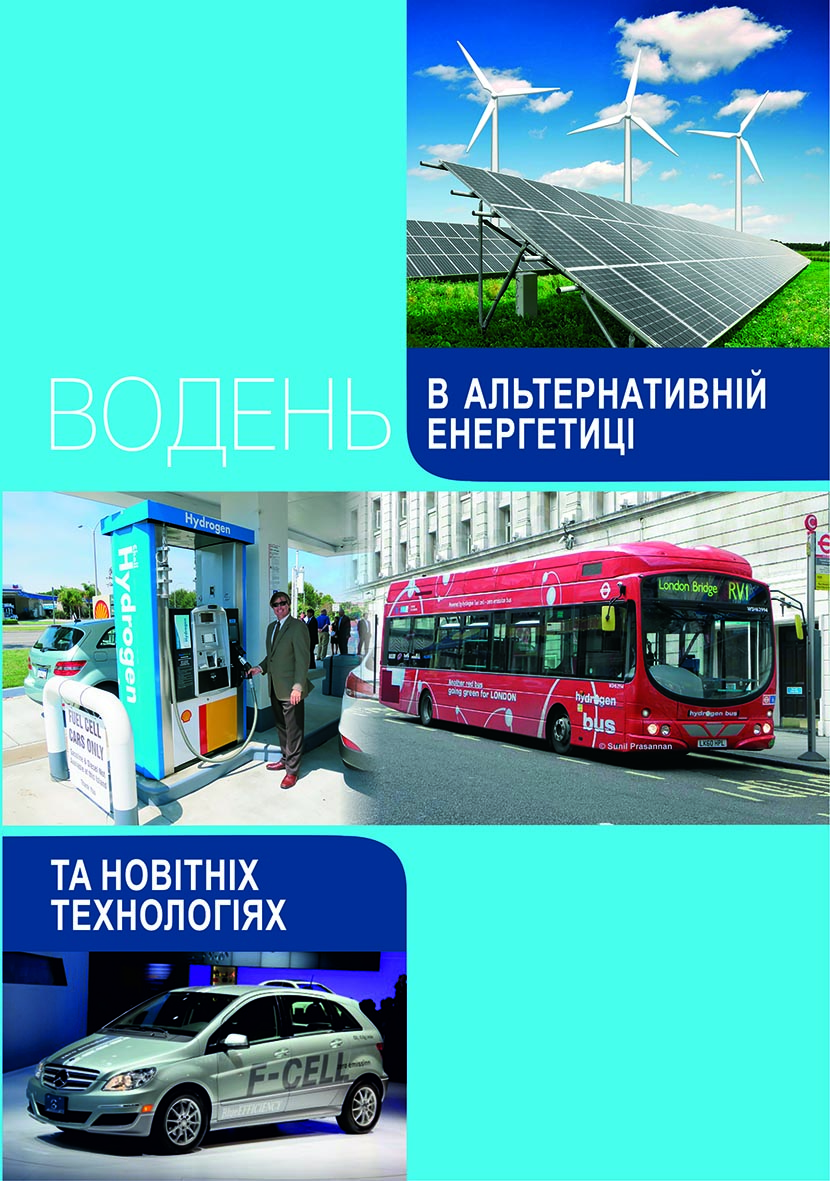
Monograph.
Hydrogen in alternative energy and new technologies
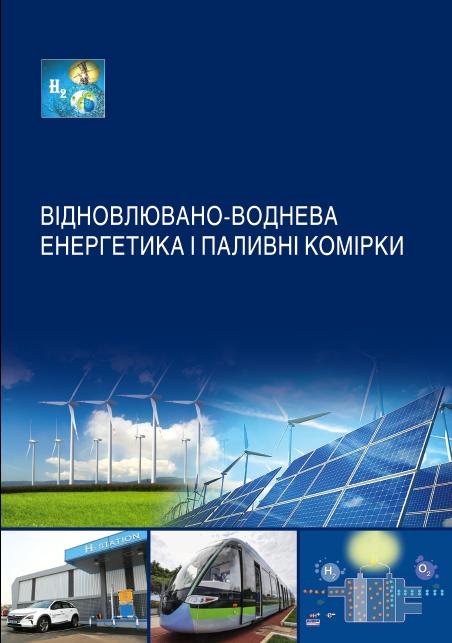
Monograph
Renewable hydrogen power and fuel cells
|
|
|
|
|
Concept and purpose
of landing a comprehensive programme of basic research, NAS of Ukraine"Fundamental problems of hydrogen and renewable energy and fuel all technologies"
of 2016-2018
The Program is exploring fundamental problems of creating new materials, processes, designs and demonstration systems, which would become the basis of wide introduction in Ukraine of renewables, hydrogen and fuel oll technologies and contribute to the gradual reduction of dependence on energy imports, diversification and the use of local sustainable including renewable energy and reduce emissions of carbon, the production of electricity.
Approved
Decree of the Presidium of NAS of Ukraine
№ 363 of 09.06.2016
Science and Technology News
Dear project managers
Target Integrated Program of Scientific Researches of NAS of Ukraine "Fundamental Aspects of Renewable-Hydrogen Energy and
fuel cell technologies "!
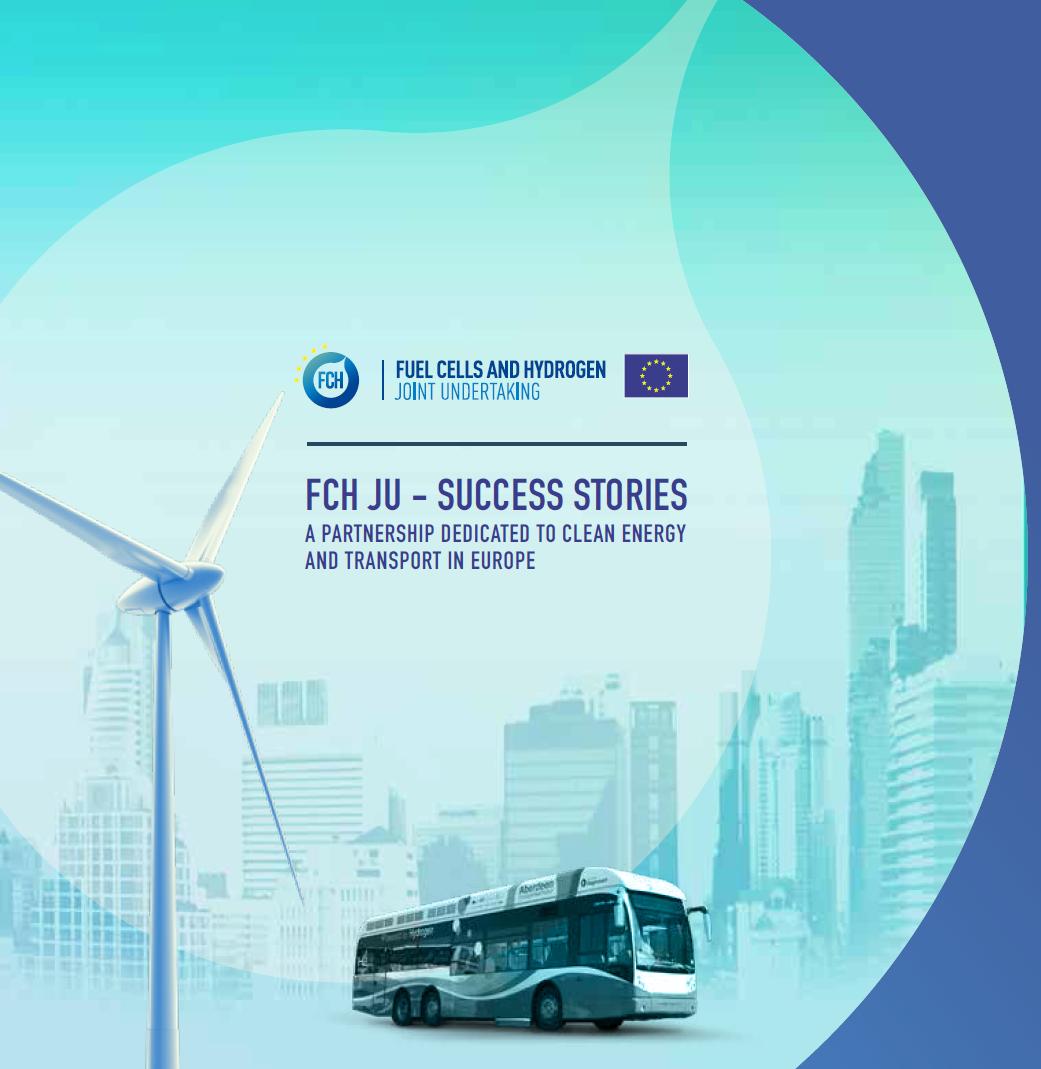
We offer to your attention a brochure with the results of scientific and technical cooperation in the framework of the implementation of the projects of the joint initiative "Fuel Cells and Hydrogen" over the past 10 years.
More information on the contents of the brochure can be found at the link:
Scientists Turn Carbon Emissions into Usable Energy
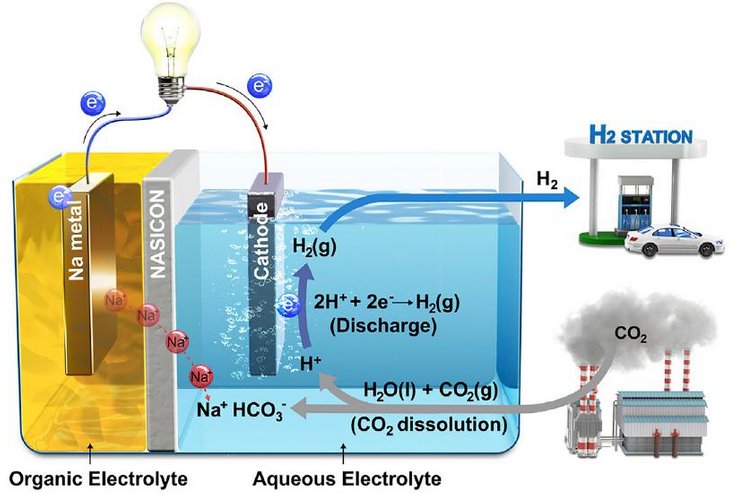
A recent study, affiliated with UNIST has developed a system that produces electricity and hydrogen (H2) while eliminating carbon dioxide (CO2), which is the main contributor of global warming.
In this work, the research team presented Hybrid Na-CO2 system that can continuously produce electrical energy and hydrogen through efficient CO2 conversion with stable operation for over 1,000 hr from spontaneous CO2 dissolution in aqueous solution.
read more:
Nikola Launches Stunning Truck for European Market
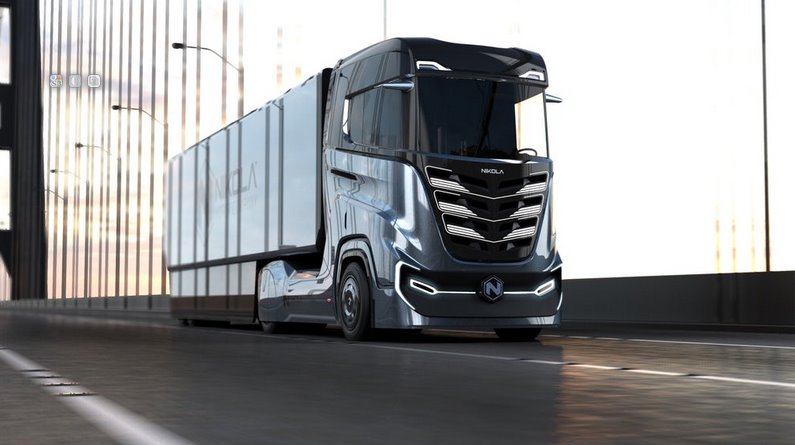
PHOENIX, AZ (November 5, 2018) -- In response to widespread interest from European customers, Nikola Motor Company has created a hydrogen-electric truck for European markets.
read more:
We Are One Step Closer to Hydrogen-Fueled Cars

The Times of Israel – BGU researchers say they have taken an important step toward the creation of environmentally friendly, hydrogen-fueled cars.
Scientists at Ben-Gurion University and the Technion have cracked the chemical mechanism that will enable development of a new and more efficient photochemical process to produce hydrogen fuel from water, according to a new paper published in Nature Communications.
read more:
Yttrium hydrogen compound should be room temperature superconductor when under extreme pressure
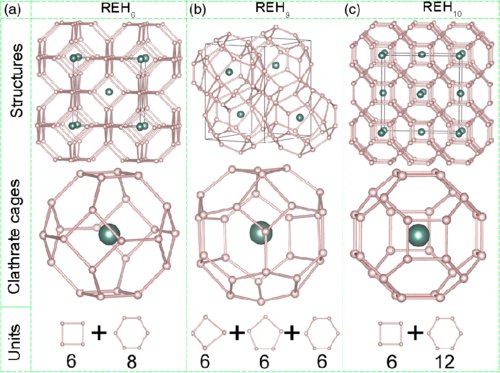
Not long ago, scientists who "hunted" for high-temperature superconductors experimentally demonstrated that hydrogen sulfide (H2S) is converted to a superconductor at a temperature of 203 Kelvin and at a pressure of 1 Mbar (100 GPa). And just the other day researchers from the University of Cambridge and the University of Jilin published a paper, the results of which indicate that superconductivity can be obtained even at higher temperatures.
read more:
Researchers demonstrate working rechargeable “proton battery”
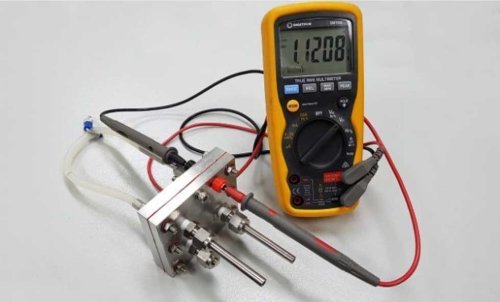
Researchers from RMIT University have demonstrated for the first time a working rechargeable “proton battery” that could be a game changer for powering cars, homes, and gadgets. The rechargeable battery has the potential with future development of storing more energy than current lithium-ion batteries. The team also notes that with modifications and scaling up, the proton battery tech could also be used for medium-scale storage on electricity grids.
read more:
The first one at the Svyatnyi Sonia Rafting Reactor is tied up, a sort of prodovzhuvati pratsyuvati in the dark hour of the finish
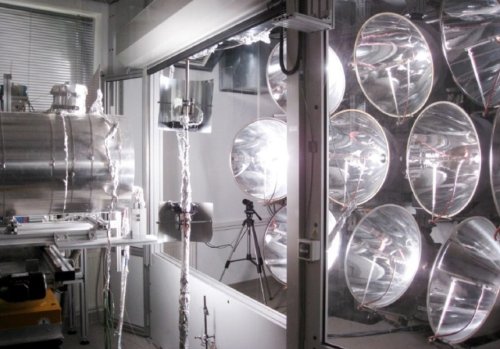
Scientists from the German Space Agency DLR have developed the first of its kind solar fuel reactor, whose structural features allow him to continue to function in the dark. The reactor, called CONTISOL, is capable of producing hydrogen and other types of fuels using concentrated solar energy. And as a heat carrier, which allows you to accumulate and transmit heat within the device, there is a custom air.
read more:
The first tram powered by hydrogen fuel was launched

The new vehicle is reported by Xinhua News Agency. The development was in charge of the China Railway Rolling Corporation (CRRC). As reported in the press release, when driving the tram does not emit any polluting substances.
read more:
Scientists CERN for the first time managed to register and measure the parameters of energy transitions of antihydrogen atoms
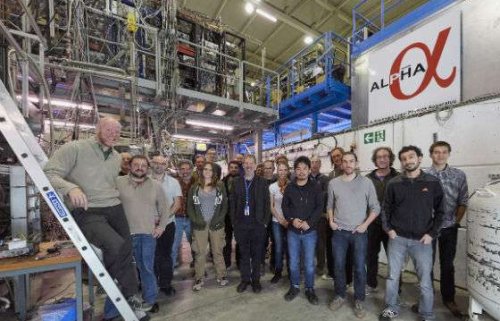
A group of scientists working within the framework of the ALPHA program of the European Organization for Nuclear Research CERN, for the first time in the history of science, it was possible to register and measure the transition parameters of the antihydrogen atoms from the 1S energy state to the 2S state and vice versa. Transitions of atoms from one energy state to another were made by recording spectroscopic changes, and the accuracy of the measurements made was one billionth of a percent.
read more:
Researchers create instant hydrogen from water and aluminum
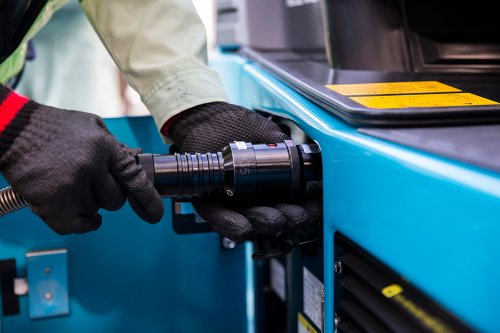
Hydrogen power seemed all the rage for awhile, until we had to face the practical considerations of using it. Yes, it's clean and abundant, but it's also incredibly difficult to transport. One team may have accidentally found the key to jump starting this struggling economy, though; researchers at the US Army Research Laboratory at Aberdeen Proving Ground Maryland made a chance discovery when they poured water on a new aluminum alloy. It began to give off hydrogen automatically.
read more:
A powerful laser enabled scientists to obtain the main component of interstellar ionized gas
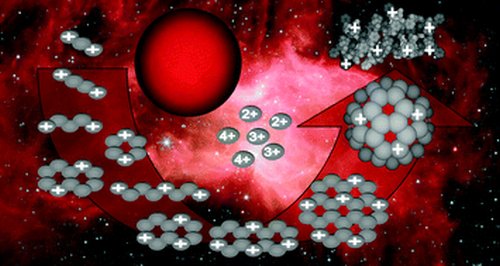
Trihydrogen, H3 + plays and plays the most important role in astrochemistry, in the processes by which new stars are formed and thanks to which the universe has acquired the kind in which we see it today. Specialized astronomical tools allow scientists to see traces of triatomic hydrogen everywhere in space, but the processes through which these molecules arise in large quantities have remained a mystery to scientists until very recently.
read more:
Formic acid joins the list of alternative fuels being put to the test
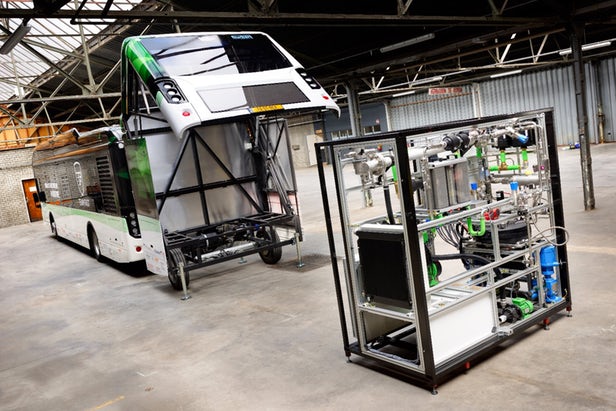
Hydrogen-powered vehicles promise no local emission motoring, but face significant problems in the refueling and storage of the hydrogen fuel. Students at the Technical University of Eindhoven in The Netherlands have avoided these problems, albeit at the expense of energy density, by developing a self-contained system that helps power an electric bus using hydrogen produced from formic acid.
read more:
Solar paint turns air moisture into hydrogen fuel

Hydrogen itself is seen as a key part of our clean-energy future, but even better would be hydrogen produced using the power of the sun, rather than electricity from the grid. And what if you could make your house look pretty at the same time? Researchers in Australia have made a promising breakthrough on all counts, developing a "solar paint" that can produce hydrogen wherever there happens to be moisture in the air.
read more:
Results of the section on hydrogen energy at the Kyiv-Toulouse Chemical Conference 2017
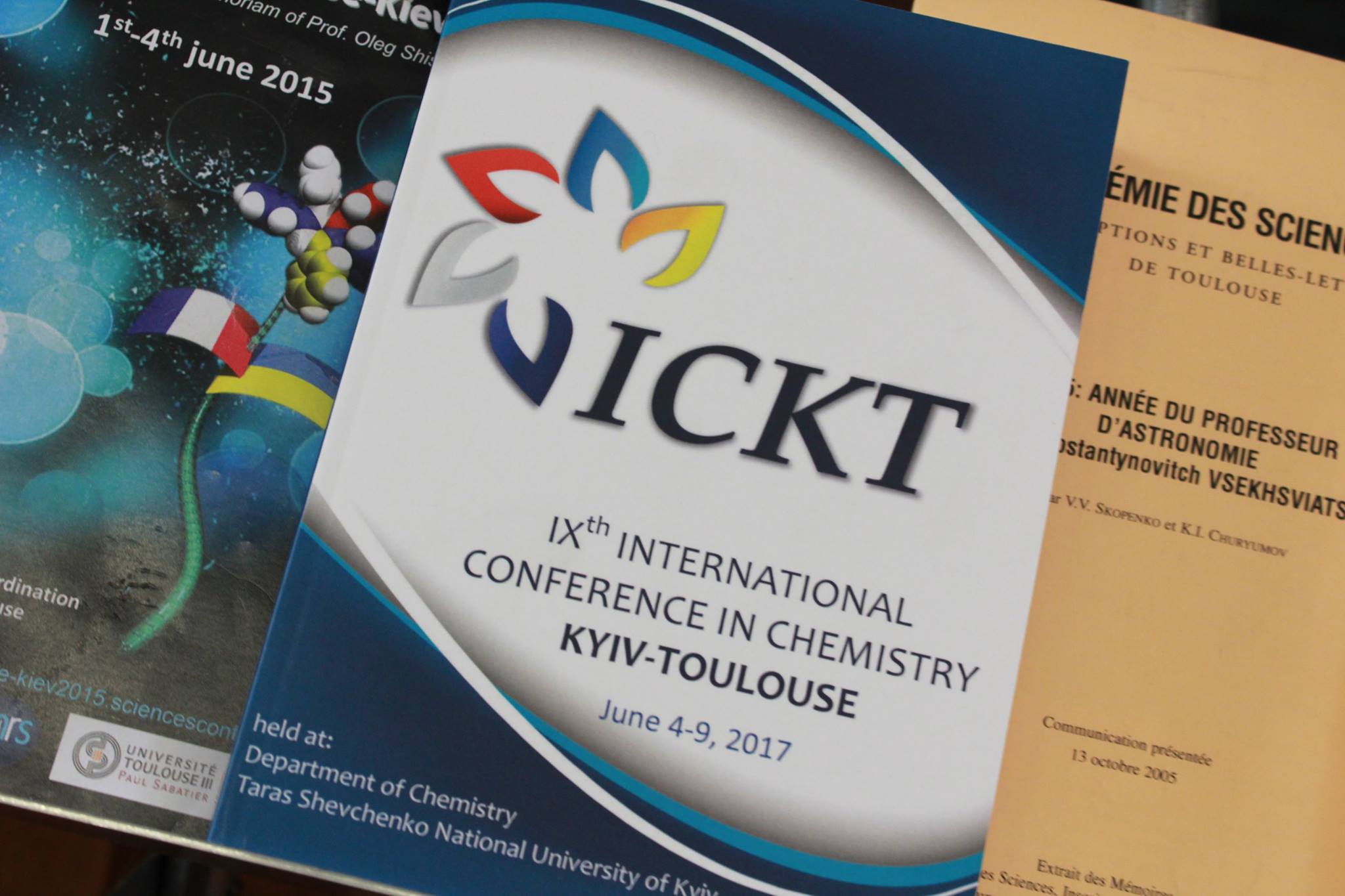
Recently, a meeting devoted to hydrogen energy was held in Kyiv. This year, for the first time, a section devoted to hydrogen energy was organized. Ukrainian scientists presented their results in the format of seven oral and ten poster presentations in English, which were listened to and watched by dozens of visitors. Given the large number of applicants, it was decided to make a separate special issue of the Franco-Ukrainian Chemical Journal of the French-Ukrainian Journal of Chemistry devoted to hydrogen energy.
read more:
"Instant" charging of electric cars will provide the technology of flowing batteries IFBattery

American scientists at Purdue University have developed a technology that can provide "instant" charging of an electric vehicle. At the same time, according to engineers, the new method is safe, affordable and environmentally friendly, and also as simple and fast as refueling a car on a regular petrol station.
read more:
Scientists managed to measure for the first time in a direct way the strength of hydrogen bonds in molecules
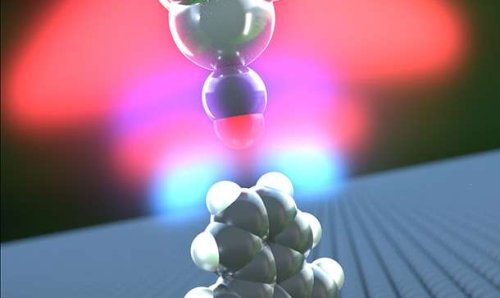
For the first time in the history of science, scientists from the Swiss Institute of Nanoscience and the University of Basel, using an atomic force microscope, made direct measurements of the strength of hydrogen bonds, bonds that unite atoms and parts of molecules of organic compounds into a single whole.
read more:
Samsung launches the production of domestic batteries
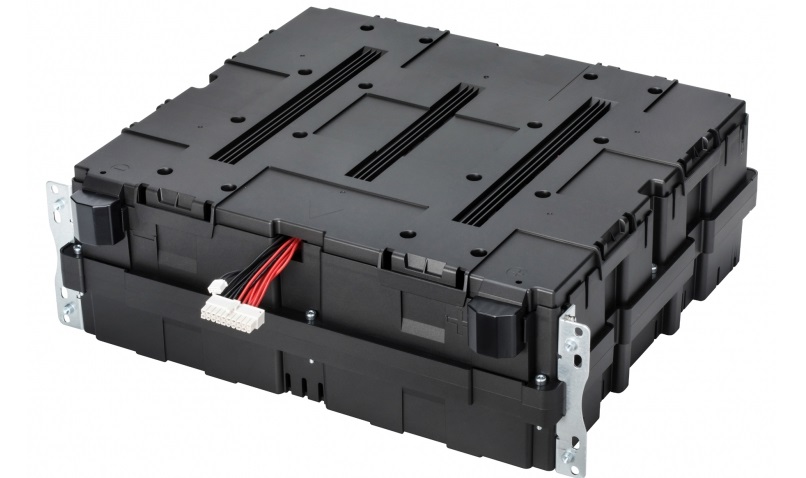
Samsung SDI is a supplier of batteries for Samsung Galaxy conglomerate smartphones, as well as for electric vehicles of global automakers. The company plans to present its novelties for households at the international exhibition Intersolar Europe 2017, which starts in Munich on May 31.
read more:
Qualcomm has created a system for wireless charging of electric vehicles on the go

The purpose of DEVC is to allow electric cars to replenish the energy reserve directly on the move and, accordingly, without wires. For this purpose, it is proposed to integrate special energy transmitters into the roadway, and receivers in the bottom of vehicles.
read more:
Ukrainian study: carbon cells - a new modification of carbon, capable of storing hydrogen
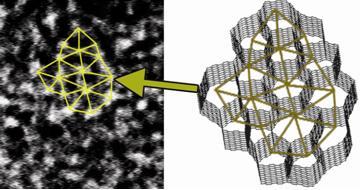
This discovery immediately attracted the attention due to long term use of the new material as light and spacious storage for hydrogen fuel. The process of storing and transporting hydrogen because of its danger, and energy consumption is a key obstacle to the use of hydrogen gas as a renewable fuel source.
read more:
Superclean: Light and quantum dots turn plants into hydrogen
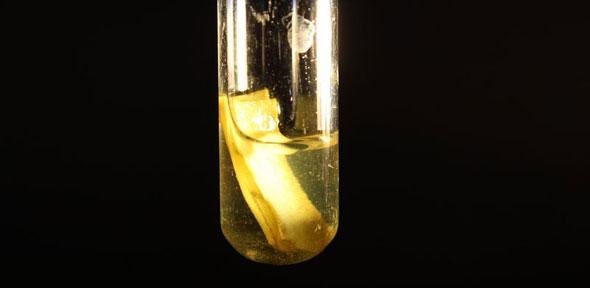
In the new Cambridge method, as with several other methods, the researchers used biomass as a starting point. In particular, they focused on lignocellulose, the support structure found in plants.
read more:
A new way to produce hydrogen by splitting water
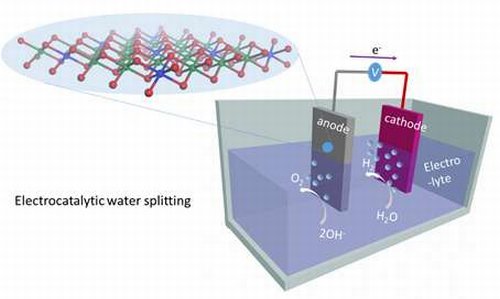
"The main difficulty we faced was the introduction of the metal vanadium in nickel hydroxide. But the effort is not wasted,
and the results have exceeded our expectations "- says Ke Fan, one of the researchers, -" The resulting efficiency
water splitting with new catalyst fate already allows to use it for the production of a new type of hydrolysis of cells whose potential
It is able to make a revolution in the technologies for producing hydrogen. "
read more:
Hydrogen energy.

The article provides an overview of the fundamentals of hydrogen energy, its advantages and disadvantages relative to other alternative energy technologies, and also shows why the future belongs to hydrogen technologies.
read more
Hydrogen energy.
New technology energy production.
To reduce anthropogenic pressure on the environment the objectives are the main problem, posed in front of a man.
One option to address these challenges - the transition to alternative fuel source - in particular - hydrogen.
read more
Ukrainian scientists have created a battery, which is 1000 times more effective
analogs
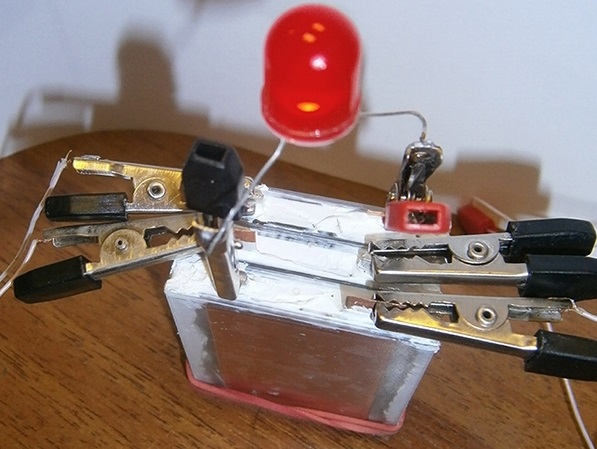
Electricity supply generated by Kiev scientists under the leadership of Vladislav Kiselev, became a finalist for one of the most prestigious in Ukraine
international competitions of scientific projects "Sikorsky Challenge", which was held in Kiev.
read more:
"Carbon cells": Ukrainian scientists have discovered a new form of carbon
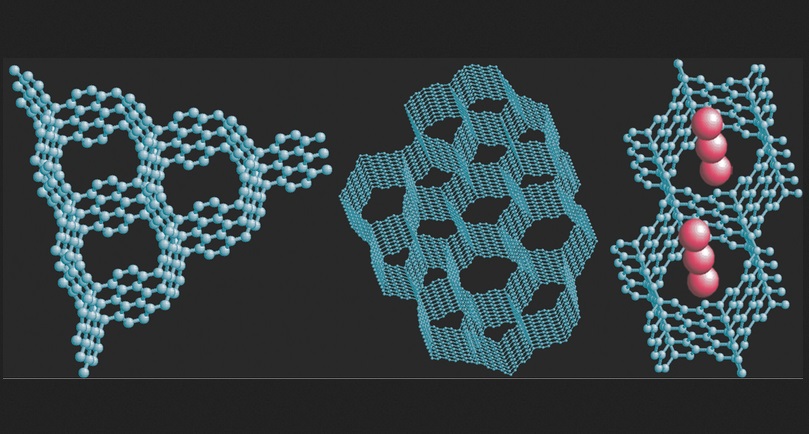
Ukrainian team of scientists has developed a new type of carbon structure - the so-called "carbon cell" - a material that is capable of drastically improve the efficiency of fuel cells
read more
What is a fuel cell?
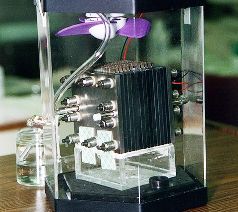
Image:
The methanol fuel cell
The basic principle of the fuel cell was discovered by British scientist Sir William Grove in 1839 year. It is known as the father of "fuel
cell. " William Grove electricity generated by changes in water electrolysis to extract hydrogen and oxygen.
read more
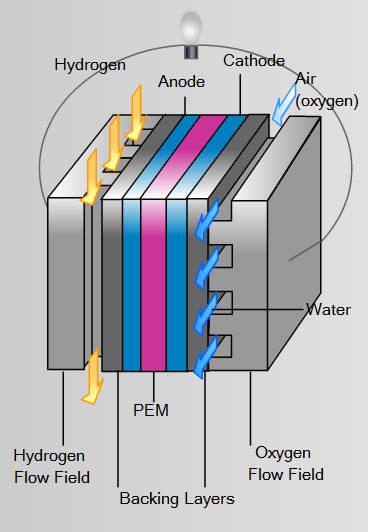
Fuel cells.
A fuel cell is a device that converts chemical potential energy (energy stored in molecular bonds) into electrical energy. A PEM (Proton Exchange Membrane) cell uses hydrogen gas (H2) and oxygen gas (O2) as fuel. The products of the reaction in the cell are water, electricity, and heat. This is a big improvement over internal combustion engines, coal burning power plants, and nuclear power plants, all of which produce harmful by-products.
Since O2 is readily available in the atmosphere, we only need to supply the fuel cell with H2 which can come from an electrolysis process (see Alkaline electrolysis or PEM electrolysis)
read more

New technology can dramatically reduce the cost of fuel cells.
Scientists from Western University found a way to dramatically reduce the cost of fuel cells. This fuel cell that
is a promising energy source, can find a way to mass production. The essence of the new technique is the "breakdown" of platinum catalyst
nanoparticles and even individual atoms can accelerate chemical reactions.
Posted: MrVigner filed under Green Energy
Source: CNews
read more
Hydrogen energy, as it is.
Director of the Paris Museum of Science Jean-Francois Pilatre de Rozier in the mid-18th century dared a risky experiment breathed hydrogen to learn how
it acts on the body. Nothing felt, decided to breathe flame explosion - researcher miraculously remained alive. In light hydrogen
mixed with the remnants of the air and become explosive. Today, scientists say, has learned to tame hydrogen, the world - on the threshold of an era
read more
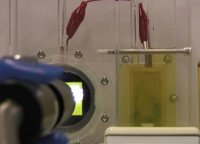
Energy tame artificial photosynthesis.
US scientists have built an installation for the implementation of artificial photosynthesis. This device converts sunlight into hydrogen and oxygen by
borrowed from Mother Nature "technology." Mastering this process with a sufficient indicator of the efficiency of new opportunities to create new systems
renewable energy sources.
read more
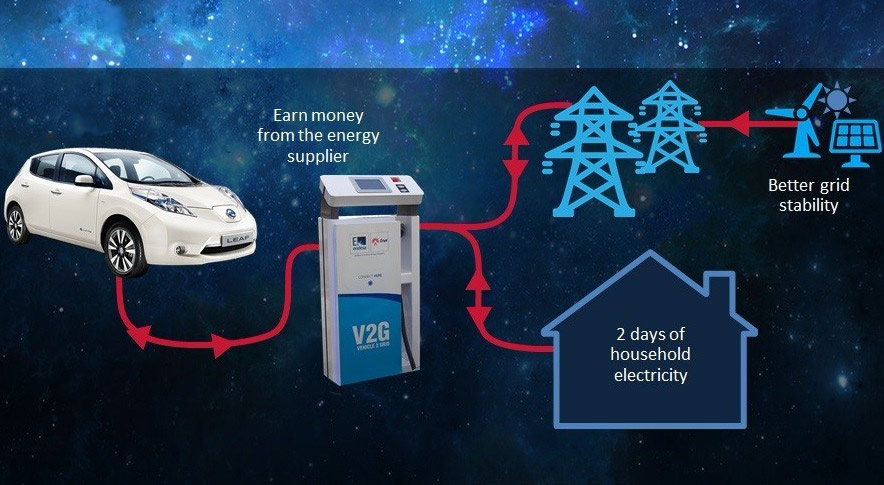
Ukrenergo intends to develop "smart" network of electric cars as energy source
"Ukrenergo" plans in 2018 to begin implementing intelligent networks Smart Grid, told the director of communications and
International Cooperation Mikhail Ayriyan in Kiev at the 7th European-Ukrainian Energy Day.
read more
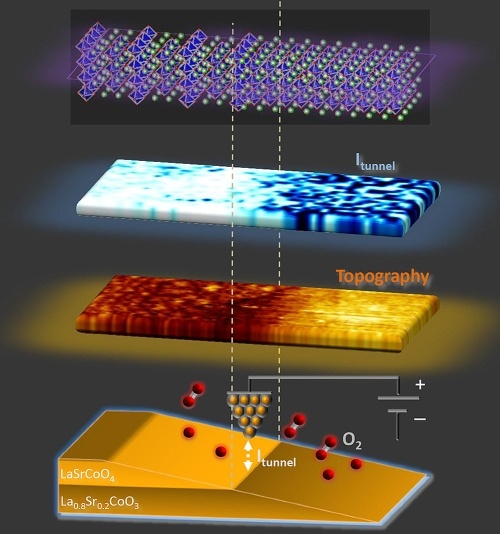
We found a way to increase efficiency solid oxide fuel cells.
In the fuel cell power generation is due to a chemical reaction between hydrogen and oxygen, but this reaction is the best in
solid oxide fuel cells at previous heated to 700 ° C and above. However, these conditions are not always favorable and
practical.
Source: Kompyulenta
Posted: MrVigner filed under Technology
read more
|
|





























